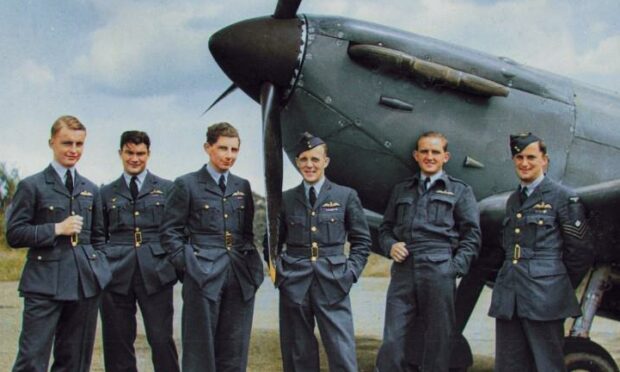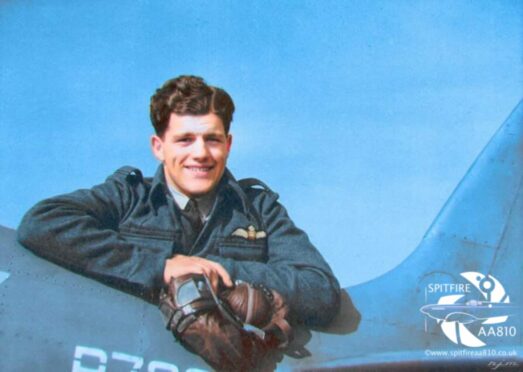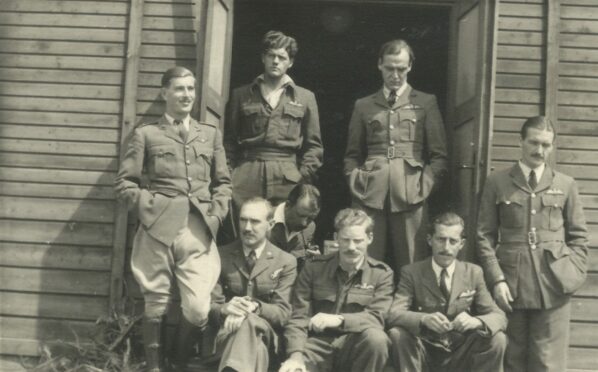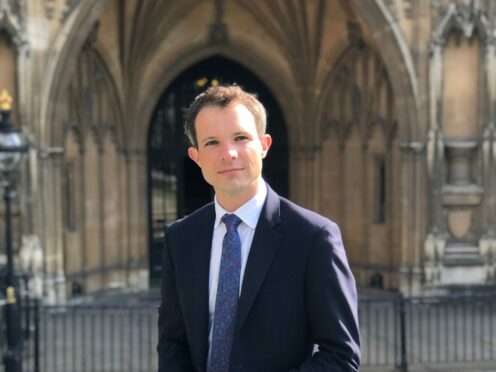They have been described as “turning the tide” of the war and have one of the worst death tolls of any military unit in the Second World War – but little is known of the Photographic Reconnaissance Unit.
That could soon all be about to change, after MPs agreed to look at a campaign for an official memorial to the unit, known as the PRU.
The PRU performed clandestine missions to take photographs from the sky of enemy operations and installations during the war, and provided vital same-day intelligence on major operations such as the D-Day landings and the Dambusters raid.
Between 1939 and 1945, alongside the Special Operations Executive on the ground and the codebreakers at Bletchley Park, the PRU physically captured 26 million images.
Many now say that without the success of this unit, the outcome of the war could have been very different.
We are the last generation to have known and been lucky enough to speak and listen to those men and women.”
Andrew Bowie MP
The PRU also has the second lowest survival rate of any allied aerial unit during the conflict, with 452 casualties, including 145 lost with no known grave.
However, these crews have never been officially recognised for their heroic work.
Perthshire link to the Great Escape
Since 2018 the Spitfire AA810 Project has been fighting to get formal recognition of the sacrifices the unit made, and wants to challenge the UK Government to recognise the role they played in securing an Allied victory.
The project is named after the PRU Spitfire discovered on the side of a Norwegian mountain after more than 76 years.
The Spitfire AA810 plane was flown during the war and was responsible for monitoring movements of the Tirpitz in Norway in 1942.
It was shot down in March 1942 and its pilot, Alistair “Sandy” Gunn from Auchterarder, went on to take part in the Great Escape.
He became a digger in the Stalag Luft III, a Luftwaffe-run Prisoner of War camp located in modern-day Poland, and escaped in 1944, but was murdered by the Gestapo on direct orders from Adolf Hitler when he was recaptured.
Fraserburgh training base
Andrew Bowie, MP for West Aberdeenshire and Kincardine, brought up the campaign group’s pleas at Westminster.
He told his fellow MPs the unit had connections to RAF Leuchars in Fife, and in the middle of the war had a full photographic recon training unit established in Fraserburgh, which later moved to Dyce.
Speaking in the House of Commons, Mr Bowie said: “I believe this is the opportune time to be having this debate about a national memorial because the few are getting fewer.”
He added: “We are the last generation to have known and been lucky enough to speak and listen to those men and women, who did fight in that great conflict in 1939 to 1945, to free our continent from the tyranny of Nazism and fascism.
“I think it falls to us to carry the stories of their bravery and their heroism and what the greatest generation did for us, to enable us to continue to speak in debate freely, as we do in this place every day, as we do in this country, and to a large extent across the continent of Europe.
‘Deserves recognition’
“This campaign to get a permanent memorial to the PRU, a unit which is so little understood, little known about, but which deserves so much more recognition is, I believe, one way that we can carry that torch forward and take those stories on to a new generation.”
The Conservative MP’s debate was backed by others from across the chamber, including from Labour, the Lib Dems and the SNP.
At the debate, UK defence minister Leo Docherty agreed to meet Mr Bowie and the campaigners from the Spitfire AA810 Project to discuss how the Ministry of Defence can be involved in creating the proposed memorial, which would be funded by charitable donations.



